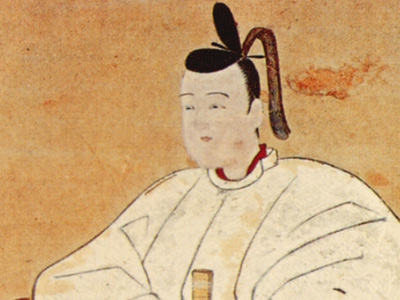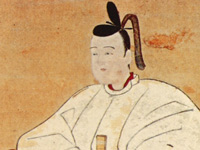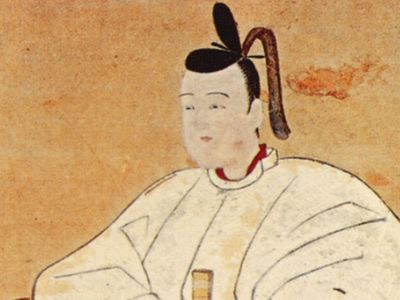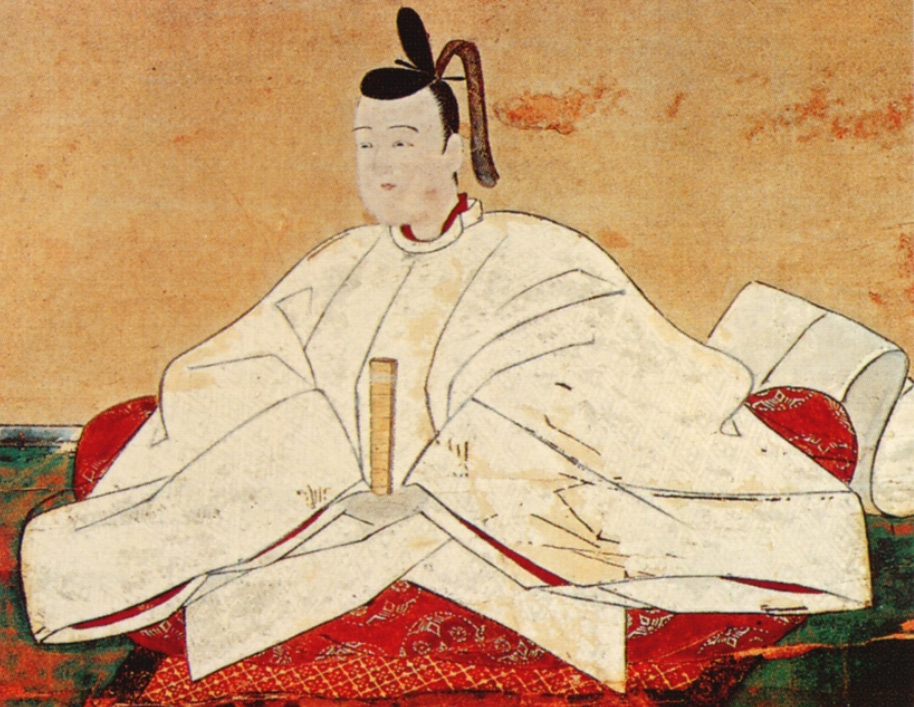Toyotomi Hideyoshi (1537-1598)

Pinnacle of Power
Like Nobunaga before him, Hideyoshi never achieved the title of shogun. Instead, he arranged to have himself adopted by Konoe Sakihisa, one of the most noble men belonging to the Fujiwara clan, and secured a succession of high court titles including, in 1585, the prestigious position of Imperial Regent (kampaku). In 1586, Hideyoshi was formally given the new clan name Toyotomi (instead of Fujiwara) by the imperial court. He built a lavish palace, the Jurakudai, in 1587 and entertained the reigning emperor, Go-Yōzei, the following year.
Unified Japan
Afterwards, Hideyoshi subjugated Kii Province and conquered Shikoku under the Chōsokabe clan. He also took control of Etchū Province and conquered Kyūshū. In 1587, Hideyoshi banished Christian missionaries from Kyūshū to exert greater control over the Kirishitan daimyōs. However, since he made much of trade with Europeans, individual Christians were overlooked unofficially.
In 1588, Hideyoshi forbade ordinary peasants from owning weapons and started a sword hunt to confiscate arms. The swords were melted down to create a statue of the Buddha. This measure effectively stopped peasant revolts and ensured greater stability at the expense of freedom of the individual daimyōs.
Siege of Odawara
The 1590 Siege of Odawara against the Hōjō clan in the Kantō region eliminated the last resistance to Hideyoshi's authority. His victory signified the end of the Sengoku period. During this siege, Hideyoshi offered Ieyasu the eight Hōjō-ruled provinces in the Kantō region in exchange for the submission of Ieyasu's five provinces. Ieyasu accepted this proposal.
Death of Sen no Rikyu
In February 1591, Hideyoshi ordered Sen no Rikyū to commit suicide. Rikyū had been a trusted retainer and master of the tea ceremony under both Hideyoshi and Nobunaga. Under Hideyoshi's patronage, Rikyū made significant changes to the aesthetics of the tea ceremony that had lasting influence over many aspects of Japanese culture. Even after Rikyu's death, Hideyoshi is said to have built his many construction projects based upon aesthetics promoted by Rikyū.
Following Rikyū's death, Hideyoshi turned his attentions from tea ceremony to Noh, which he had been studying since becoming Imperial Regent. During his brief stay in Nagoya Castle in what is today Saga Prefecture, on Kyūshū, Hideyoshi memorized the shite (lead roles) parts of ten Noh plays, which he then performed, forcing various daimyōs to accompany him onstage as the waki (secondary, accompanying role). He even performed before the emperor.
HISTORY

RESOURCES
This article uses material from the Wikipedia article "Toyotomi Hideyoshi (1537-1598)", which is released under the Creative Commons Attribution-Share-Alike License 3.0.
© Stories Preschool. All Rights Reserved.










